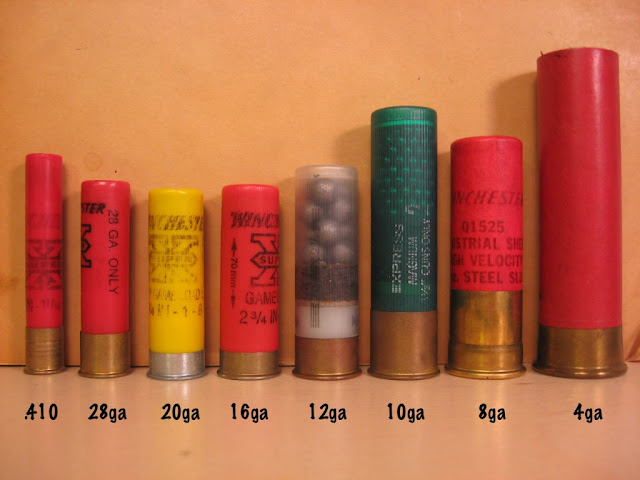Who doesn't love a great musical, on stage or at the cinema? And a Western musical is even BETTER! Sure, it might not show the real wild and woolly west, and today it might be considered old fashioned and silly. But for pure fun and some sweet (and heart-tugging) romance, check these classic Western musicals that made their way to film.
As a kid, I always woke up in the summer sunshine streaming in the bedroom window, stretched and thought, "Oh, what a beautiful morning..." So naturally I loved this musical's songs.
Gordon Macrae and Shirley Jones head up a fabulous cast. Rogers & Hammerstein first teamed up for the musical score - and what songs they were! Had I ever been to Oklahoma? Nope. I'd never seen the prairie, only read about it in the Little House series. But there's something about "Oh What a Beautiful Morning" that makes you feel glorious. My husband had lived in Texas during part of his Army career, and also loved the play. We still tease each other whenever one of us says, "Oh--" with "OOOOOOOOOOOOKLAHOMA where the wind comes sweeping 'cross the plains..."
There are plenty of fabulous Western musicals to consider -- and remain classics to this day.
One of my favorites (and my daughter's too) is SEVEN BRIDES FOR SEVEN BROTHERS. The handsome actors, the dancing, the music, the romantic story -- it may be quaint now, of course, but we still love it. The costumes are colorful, if not accurate to the times, but who's noticing anyway? Howard Keel and Jane Powell! The dancing, and the acrobatics by the brothers in the spectacular Barn Dance! The musical is just marvelous. Fun for the whole family.
CALAMITY JANE -- "America's Sweetheart" Doris Day gets a chance to "rough it" - ha! - in this musical, also starring Howard Keel. Doris doesn't seem to fit the authenticity of the real Calamity Jane, but neither does Howard Keel act like Wild Bill! Some of the songs are plenty of good fun, though. Keel seemed to be the go-to guy when it came to the hero in these musicals. Really disliked how he called Doris "Calam" which seemed silly. Oh well.
SHOWBOAT -- Talk about a real showboat!! This musical is another true favorite of mine because it has *everything.* Great costumes (not always accurate, of course), a wonderful setting, an in-depth complex story, great actors who can sing their hearts out! Joe E. Brown provided both a comedic and sympathetic air, and Agnes Moorhead was also great as a harridan with heart. Ava Gardner was gorgeous, and this time Oscar Hammerstein teamed up with Jerome Kern to give us such fabulous numbers. William Warfield singing Ol' Man River! Marge and Gower Champion, dancing! Kathryn Grayson, trained for the opera since she was 12 years old! And of course, Howard Keel. Yes, some may claim the 1936 film is more authentic, showing the true poverty on the river, the dockworkers, the issue of miscegenation, but I loved this film and still shed a tear while watching it.
ANNIE GET YOUR GUN -- Betty Hutton and Howard Keel team up as Annie Oakley and her husband Frank. Urp. There's something about Hutton I never liked -- quite possibly her gravelly voice, along with her attitude as shown in her performance here and in other films. Not a favorite. But here it is if it's one of yours. Keel comes through once again as the hero.
PAINT YOUR WAGON -- Clint Eastwood? in a MUSICAL? Yup. Along with Lee Marvin, who is hilarious. A fun film, based on the Lerner & Lowe theatrical musical, that rips and roars its way through a Gold-Rush era California mining camp (No-Name City). I confess I've only seen bits and pieces, but I do know that many friends love this film. And really, Clint Eastwood? Singing?? Gotta admit, he was good compared to Lee Marvin. But this song sums up the film best.
THE HARVEY GIRLS -- Judy Garland, John Hodiak and Angela Lansbury! Virginia O'Brien and Ray Bolger! Chill Wills and Marjorie Main! And accurate costumes when the girls come to town in Arizona on the Atchison, Topeka and Santa Fe, at least! It faces off the Harvey Girls, waitresses who come for a job and a husband, if they meet one in a wild western town, against the local "soiled doves" working at the local saloon. If you've researched the real Harvey Girls, the women did bring a touch of civilization to wherever they went. And petite Judy is fun to watch in this film, squaring off against the conniving gambler-owner who stole the restaurant's meat.
Sure, there are other musicals we could revisit, but that's enough for now. Hope you enjoyed some of the videos and songs!
Mystery author Meg Mims lives in Southeastern Michigan with her husband and a 'Make My Day' Malti-poo dog.Meg loves writing novels, short novellas and short stories, both contemporary and historical. Her Spur and Laramie Award winning Double series is now among the Prairie Rose Publications book list. Meg is also one-half of the D.E. Ireland team writing the Eliza Doolittle & Henry Higgins Mystery series for St. Martin's Minotaur. WOULDN'T IT BE DEADLY is out now! It's based on George Bernard Shaw's Pygmalion, play and film, with a nod to Lerner & Lowe's My Fair Lady -- so Meg does love musicals! Book 2, MOVE YOUR BLOOMING CORPSE, will be out in 2015. You can find Meg (and D.E. Ireland) on Twitter, Facebook and Pinterest.




















